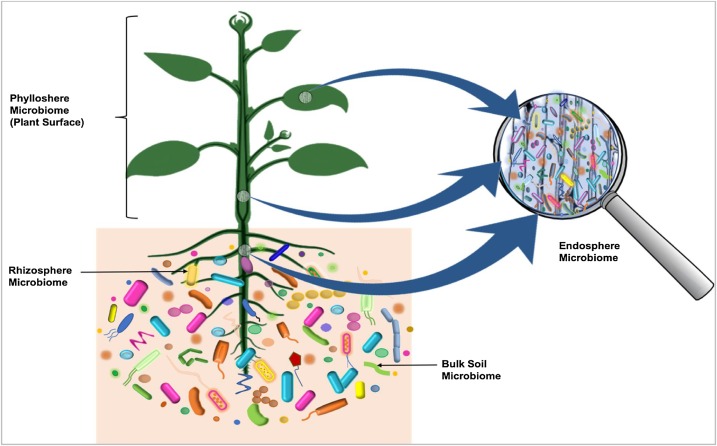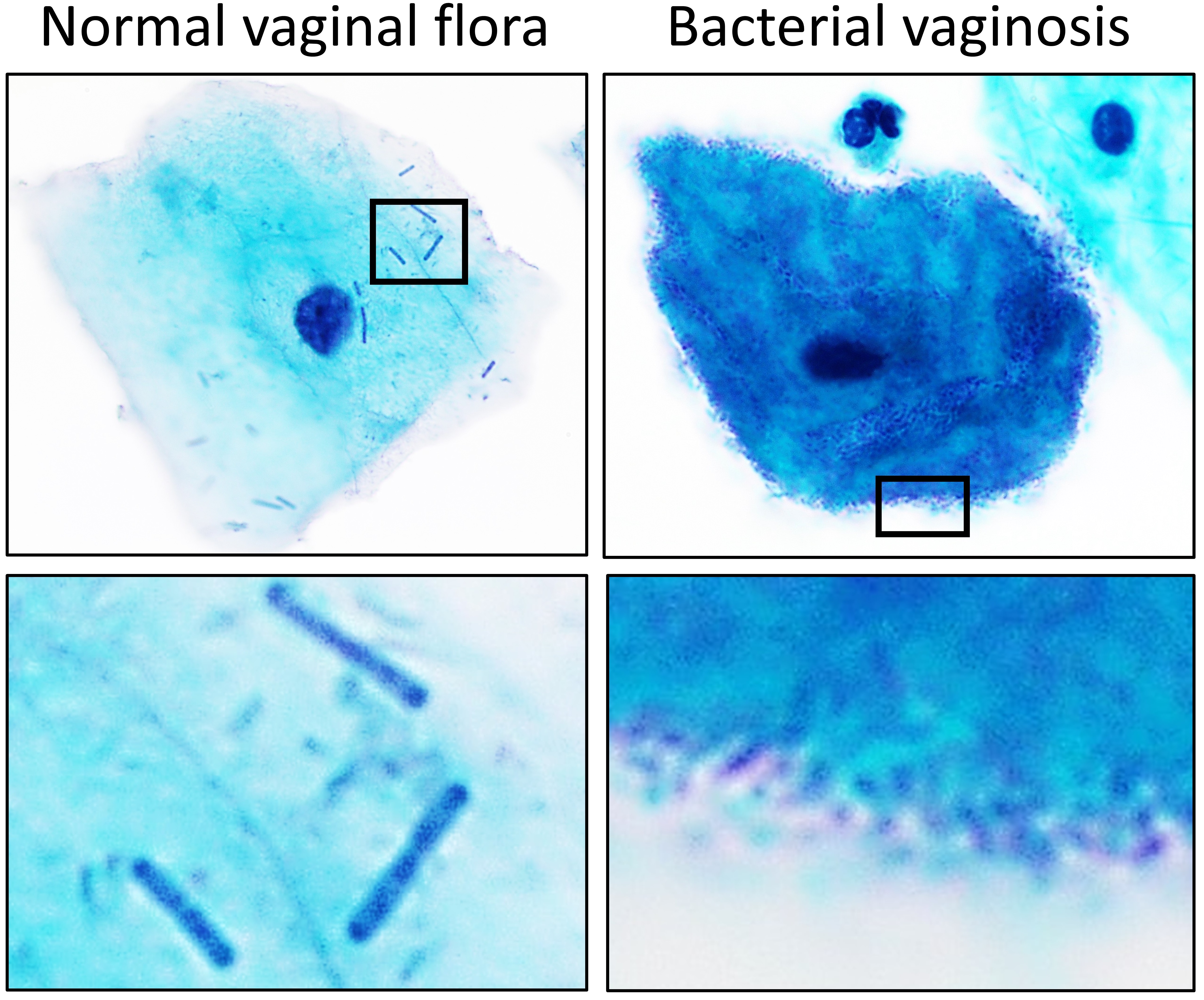|
Antimicrobial Stewardship
Antimicrobial stewardship (AMS) refers to coordinated efforts to promote the optimal use of antimicrobial agents, including drug choice, dosing, route, and duration of administration. AMS has been an organized effort of specialists in infectious diseases, both in Internal Medicine and Pediatrics with their respective peer-organizations, hospital pharmacists, the public health community and their professional organizations since the late 1990s. Every time an antimicrobial agent is used, it applies selection evolutionary pressure to microbial populations which can result in disruption to the normal microbiome ( dysbiosis) as well as resistance to that agent, and even cross-resistance to other agents. Resistance can then spread to other microbes and to other host organisms. Antimicrobial agents can also have direct toxic effects on people and animals, including damage to kidneys, endocrine glands, liver, teeth and bones. Antimicrobial therapy is justified when the benefits outweig ... [...More Info...] [...Related Items...] OR: [Wikipedia] [Google] [Baidu] |
Antimicrobial
An antimicrobial is an agent that kills microorganisms (microbicide) or stops their growth (bacteriostatic agent). Antimicrobial medicines can be grouped according to the microorganisms they are used to treat. For example, antibiotics are used against bacteria, and antifungals are used against fungi. They can also be classified according to their function. Antimicrobial medicines to treat infection are known as antimicrobial chemotherapy, while antimicrobial drugs are used to prevent infection, which known as antibiotic prophylaxis, antimicrobial prophylaxis. The main classes of antimicrobial agents are disinfectants (non-selective agents, such as bleach), which kill a wide range of microbes on surfaces to prevent the spread of illness, antiseptics which are applied to living tissue and help reduce infection during surgery, and antibiotics which destroy microorganisms within the body. The term ''antibiotic'' originally described only those formulations derived from living microorga ... [...More Info...] [...Related Items...] OR: [Wikipedia] [Google] [Baidu] |
Clostridioides Difficile Infection
''Clostridioides difficile'' infection (CDI or C-diff), also known as ''Clostridium difficile'' infection, is a symptomatic infection due to the bacterial spores, spore-forming bacterium ''Clostridioides difficile''. Symptoms include watery diarrhea, fever, nausea, and abdominal pain. It makes up about 20% of cases of antibiotic-associated diarrhea. Antibiotics can contribute to detrimental changes in gut microbiota; specifically, they decrease short-chain fatty acid absorption, which results in osmotic, or watery, diarrhea. Complications may include colitis#Infectious, pseudomembranous colitis, toxic megacolon, perforation of the colon, and sepsis. ''Clostridioides difficile'' infection is spread by bacterial spores found within feces. Surfaces may become contaminated with the spores, with further spread occurring via the hands of healthcare workers. Risk factors for infection include antibiotic or proton pump inhibitor use, hospitalization, hypoalbuminemia, other health pro ... [...More Info...] [...Related Items...] OR: [Wikipedia] [Google] [Baidu] |
Winnipeg
Winnipeg () is the capital and largest city of the Provinces and territories of Canada, Canadian province of Manitoba. It is centred on the confluence of the Red River of the North, Red and Assiniboine River, Assiniboine rivers. , Winnipeg had a city population of 749,607 and a metropolitan population of 834,678, making it Canada's List of the largest municipalities in Canada by population, sixth-largest city and List of census metropolitan areas and agglomerations in Canada, eighth-largest metropolitan area. The city is named after the nearby Lake Winnipeg; the name comes from the Cree language, Western Cree words for 'muddy water' – . The region was a trading centre for Indigenous peoples in Canada, Indigenous peoples long before the European colonization of the Americas, arrival of Europeans; it is the traditional territory of the Anishinaabe (Ojibway), Ininew (Cree), Oji-Cree, Dene, and Dakota people, Dakota, and is the birthplace of the Métis people in Canada, Métis ... [...More Info...] [...Related Items...] OR: [Wikipedia] [Google] [Baidu] |
Alexander Fleming
Sir Alexander Fleming (6 August 1881 – 11 March 1955) was a Scottish physician and microbiologist, best known for discovering the world's first broadly effective antibiotic substance, which he named penicillin. His discovery in 1928 of what was later named benzylpenicillin (or penicillin G) from the mould ''Penicillium rubens'' has been described as the "single greatest victory ever achieved over disease". For this discovery, he shared the Nobel Prize in Physiology or Medicine in 1945 with Howard Florey and Ernst Chain. He also discovered the enzyme lysozyme from his nasal discharge in 1922, and along with it a bacterium he named ''Micrococcus lysodeikticus'', later renamed ''Micrococcus luteus''. Fleming was Knight Bachelor, knighted for his scientific achievements in 1944. In 1999, he was named in ''Time (magazine), Time'' magazine's list of the Time 100: The Most Important People of the Century, 100 Most Important People of the 20th century. In 2002, he was chosen in th ... [...More Info...] [...Related Items...] OR: [Wikipedia] [Google] [Baidu] |
Wastewater
Wastewater (or waste water) is water generated after the use of freshwater, raw water, drinking water or saline water in a variety of deliberate applications or processes. Another definition of wastewater is "Used water from any combination of domestic, industrial, commercial or agricultural activities, surface runoff / storm water, and any sewer inflow or sewer infiltration". In everyday usage, wastewater is commonly a synonym for sewage (also called domestic wastewater or municipal wastewater), which is wastewater that is produced by a community of people. As a generic term, wastewater may also describe water containing contaminants accumulated in other settings, such as: * Industrial wastewater: waterborne waste generated from a variety of industrial processes, such as manufacturing operations, mineral extraction, power generation, or water and wastewater treatment. * Cooling water, is released with potential thermal pollution after use to condense steam or reduce machinery ... [...More Info...] [...Related Items...] OR: [Wikipedia] [Google] [Baidu] |
Water Cycle
The water cycle (or hydrologic cycle or hydrological cycle) is a biogeochemical cycle that involves the continuous movement of water on, above and below the surface of the Earth across different reservoirs. The mass of water on Earth remains fairly constant over time. However, the partitioning of the water into the major reservoirs of ice, fresh water, Saline water, salt water and Atmosphere, atmospheric water is variable and depends on Climate, climatic variables. The water moves from one reservoir to another, such as from river to ocean, or from the ocean to the atmosphere due to a variety of physical and chemical processes. The processes that drive these movements, or Flux (biology), fluxes, are evaporation, transpiration, condensation, Precipitation (meteorology), precipitation, Sublimation (phase transition), sublimation, Infiltration (hydrology), infiltration, surface runoff, and subsurface flow. In doing so, the water goes through different phases: liquid, solid (ice) and W ... [...More Info...] [...Related Items...] OR: [Wikipedia] [Google] [Baidu] |
Microbiota
Microbiota are the range of microorganisms that may be commensal, mutualistic, or pathogenic found in and on all multicellular organisms, including plants. Microbiota include bacteria, archaea, protists, fungi, and viruses, and have been found to be crucial for immunologic, hormonal, and metabolic homeostasis of their host. The term ''microbiome'' describes either the collective genomes of the microbes that reside in an ecological niche or else the microbes themselves. The microbiome and host emerged during evolution as a synergistic unit from epigenetics and genetic characteristics, sometimes collectively referred to as a holobiont. The presence of microbiota in human and other metazoan guts has been critical for understanding the co-evolution between metazoans and bacteria. Microbiota play key roles in the intestinal immune and metabolic responses via their fermentation product ( short-chain fatty acid), acetate. Introduction All plants and animals, from simple life fo ... [...More Info...] [...Related Items...] OR: [Wikipedia] [Google] [Baidu] |
Biota (ecology)
A biome () is a distinct geographical region with specific climate, vegetation, and animal life. It consists of a biological community that has formed in response to its physical environment and regional climate. In 1935, Tansley added the climatic and soil aspects to the idea, calling it '' ecosystem''. The International Biological Program (1964–74) projects popularized the concept of biome. However, in some contexts, the term ''biome'' is used in a different manner. In German literature, particularly in the Walter terminology, the term is used similarly as '' biotope'' (a concrete geographical unit), while the biome definition used in this article is used as an international, non-regional, terminology—irrespectively of the continent in which an area is present, it takes the same biome name—and corresponds to his "zonobiome", "orobiome" and "pedobiome" (biomes determined by climate zone, altitude or soil). In the Brazilian literature, the term ''biome'' is sometim ... [...More Info...] [...Related Items...] OR: [Wikipedia] [Google] [Baidu] |
Environmental Degradation
Environment most often refers to: __NOTOC__ * Natural environment, referring respectively to all living and non-living things occurring naturally and the physical and biological factors along with their chemical interactions that affect an organism or a group of organisms Other physical and cultural environments *Ecology, the branch of ethology that deals with the relations of organisms to one another and to their physical surroundings *Environment (systems), the surroundings of a physical system that may interact with the system by exchanging mass, energy, or other properties. *Built environment, constructed surroundings that provide the settings for human activity, ranging from the large-scale civic surroundings to the personal places *Social environment, the culture that an individual lives in, and the people and institutions with whom they interact *Market environment, business term Arts, entertainment and publishing * Environment (magazine), ''Environment'' (magazine), a p ... [...More Info...] [...Related Items...] OR: [Wikipedia] [Google] [Baidu] |
Skin Flora
Skin flora, also called skin microbiota, refers to microbiota (community (ecology), communities of microorganisms) that reside on the skin, typically human skin. Many of them are bacterium, bacteria of which there are around 1,000 species upon human skin from nineteen Phylum, phyla. Most are found in the superficial layers of the Epidermis (skin), epidermis and the upper parts of hair follicles. Skin flora is usually non-pathogenic, and either commensalism, commensal (are not harmful to their host) or Mutualism (biology), mutualistic (offer a benefit). The benefits bacteria can offer include preventing transient pathogenic organisms from Infection#Colonization, colonizing the skin surface, either by competing for nutrients, secreting chemicals against them, or stimulating the skin's immune system. However, resident microbes can cause skin diseases and enter the blood system, creating life-threatening diseases, particularly in immunosuppressed people. A major non-human skin flora ... [...More Info...] [...Related Items...] OR: [Wikipedia] [Google] [Baidu] |
Vaginal Flora
Vaginal flora, vaginal microbiota or vaginal microbiome are the microorganisms that colonize the vagina. They were discovered by the German gynecologist Albert Döderlein in 1892 and are part of the overall human flora. The amount and type of bacteria present have significant implications for an individual's overall health. The primary colonizing bacteria of a healthy individual are of the genus ''Lactobacillus'', such as ''Lactobacillus crispatus, L. crispatus'', and the lactic acid they produce is thought to protect against infection by pathogenic species. Lactobacilli The primary colonizing bacteria of a healthy individual are of the genus ''Lactobacillus'' (90–95%), the most common being ''Lactobacillus crispatus, L. crispatus'', ''Lactobacillus iners, L. iners'', ''Lactobacillus jensenii, L. jensenii'', and ''Lactobacillus gasseri, L. gasseri''. Since the first description of lactobacilli by Döderlein, lactobacilli have been generally considered the gatekeepers of the ... [...More Info...] [...Related Items...] OR: [Wikipedia] [Google] [Baidu] |
Gut Flora
Gut microbiota, gut microbiome, or gut flora are the microorganisms, including bacteria, archaea, fungi, and viruses, that live in the digestive tracts of animals. The gastrointestinal metagenome is the aggregate of all the genomes of the gut microbiota. The gut is the main location of the human microbiome. The gut microbiota has broad impacts, including effects on colonization, resistance to pathogens, maintaining the intestinal epithelium, metabolizing dietary and pharmaceutical compounds, controlling immune function, and even behavior through the gut–brain axis. The microbial composition of the gut microbiota varies across regions of the digestive tract. The colon contains the highest microbial density of any human-associated microbial community studied so far, representing between 300 and 1000 different species. Bacteria are the largest and to date, best studied component and 99% of gut bacteria come from about 30 or 40 species. About 55% of the dry mass of feces ... [...More Info...] [...Related Items...] OR: [Wikipedia] [Google] [Baidu] |









